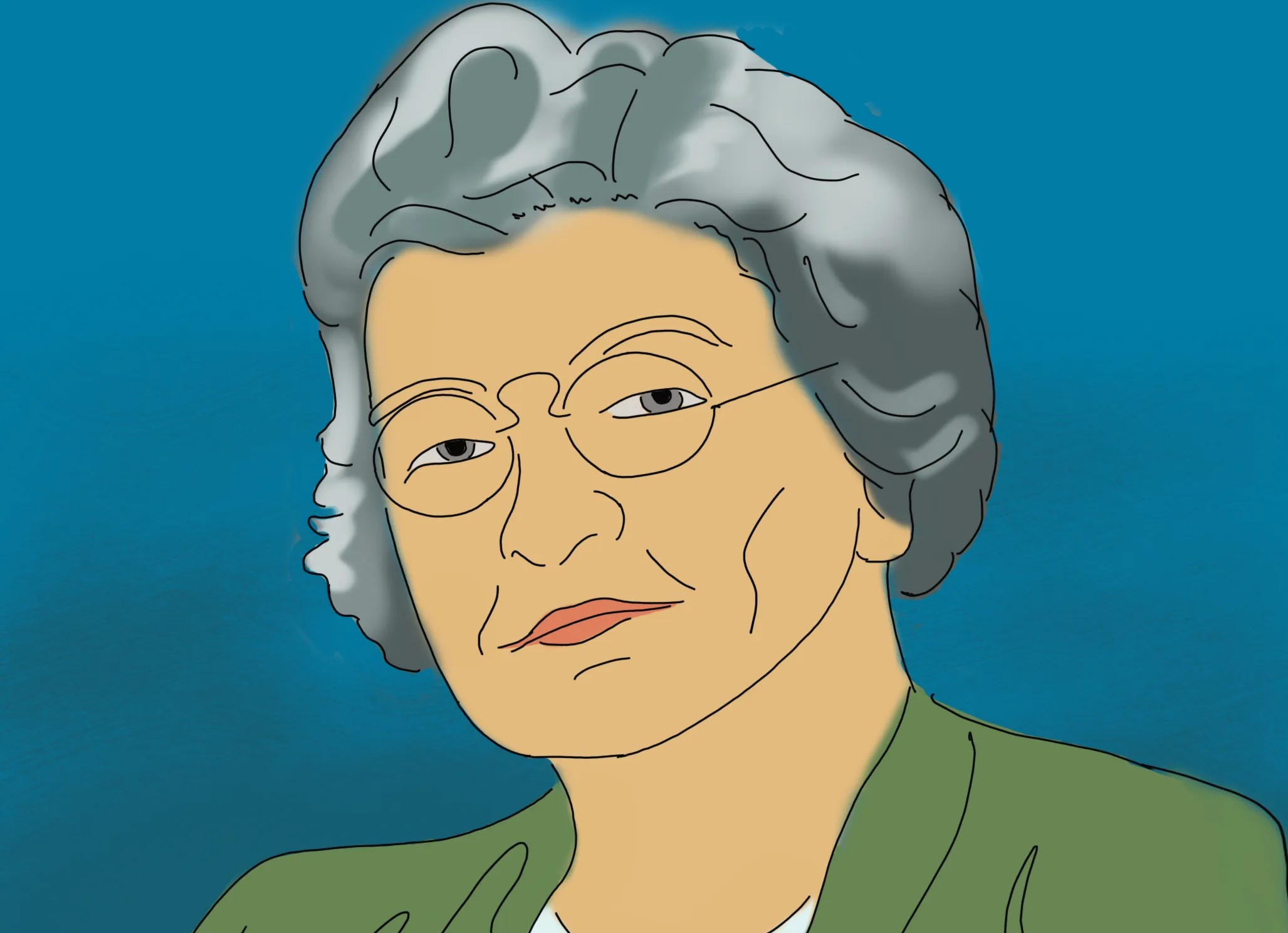They said you're a woman, you can't be an engineer: Who is Edith Clarke?
At the prestigious MIT, she was accepted to work on the subject, finally earning her doctorate. But most importantly, she was the first woman to achieve it. However, she couldn't find a job as an engineer. That is... until her job as the first female electrical engineer in the USA will go down in history!

Edith Clarke was born on February 10, 1883. She was one of nine children born to John Clark, a lawyer in Maryland. After the death of her parents, she was taken care of by her older sister after she was twelve years old. That's why she had to look after her own future. An ambitious individualist, Edith decided to use her legacy to invest in education. She attended Vassar College, where she was most interested in mathematics and astronomy, and later she continued her studies in San Francisco.
She started studying civil engineering but quit working at AT&T. Interestingly, she took part in the project to create the first transatlantic link. It may seem funny from a modern-day perspective, given the widespread access to spreadsheets and proprietary software, but Edith Clarke was like a "human computer" at AT&T and did all the calculations needed by engineers working on solutions that would connect America and Europe. But Edith Clarke's passions were not limited to this, and her continuing professional work as well as continuing to study electrical engineering at Columbia University is proof of that. A few years later she was accepted to work on the subject, finally earning her doctorate at the prestigious MIT. But most importantly, she was the first woman to achieve it.
Edith Clarke (February 10, 1883 – October 29, 1959) was the first woman to be professionally employed as an electrical engineer in the United States, and the first female professor of electrical engineering in the country. She was the first woman to deliver a paper at the American Institute of Electrical Engineers, the first female engineer whose professional standing was recognized by Tau Beta Pi, and the first woman named as a Fellow of the American Institute of Electrical Engineers. She specialized in electrical power system analysis and wrote Circuit Analysis of A-C Power Systems.
However, it turned out that her impressive knowledge, documented by the diploma, was not enough to compete successfully in a “male-dominated profession,” and Clarke was unable to find a job as an engineer. Her job at GE, where she oversaw computational work, was only a partial success. Clarke had her own approach to work; She invented one of the first graphing calculators that not only solved the correct equations involving the hyperbolic functions of electric current, voltage, and impedance but did so much faster than the methods used at the time. This is all the more important as the electrification process is accelerating and the growing need for electrical power is forcing grid operators to work hard to improve energy transport. Clarke applied for a patent in 1921 (received in 1925), and just a year later GE offered her, her dream engineering job. In this way, she made history as the first female electrical engineer in the USA. She also became the first female speaker (and member) in history to present her analysis at a meeting of the American Institute of Electrical Engineers. Her analytical skills also contributed to the construction of the Hoover Dam, the world's largest hydroelectric power station for many years.
An important part of Edith Clarke's legacy is her didactic work and related achievements; she wrote a two-volume textbook on research methods and improving the efficiency of electrical energy systems and electronic devices. Moreover, Clarke taught at the University of Austin for more than 10 years and became a professor of electrical engineering there. Once again as the first woman in the United States.
Although Edith Clarke's achievements are no more than 100 years old, today they may seem like ancient history. Similar things happened in energy quality. Modern power supplies equipped with precision converters, using electricity from extremely stable electrical networks, offer output voltages of the order of a few microvolts. Today, the quality of electrical energy is carefully monitored in every automated production facility. The challenges Edith Clarke faced are long forgotten. But is it all really gone? It is certain that the electrical ones are gone…
-----------------
Mother Of Invention: This Barrier-Busting Electrical Engineer Joined Edison, and Tesla in National Inventors
https://www.ge.com/news/reports/edith-clarke-mother-of-invention
